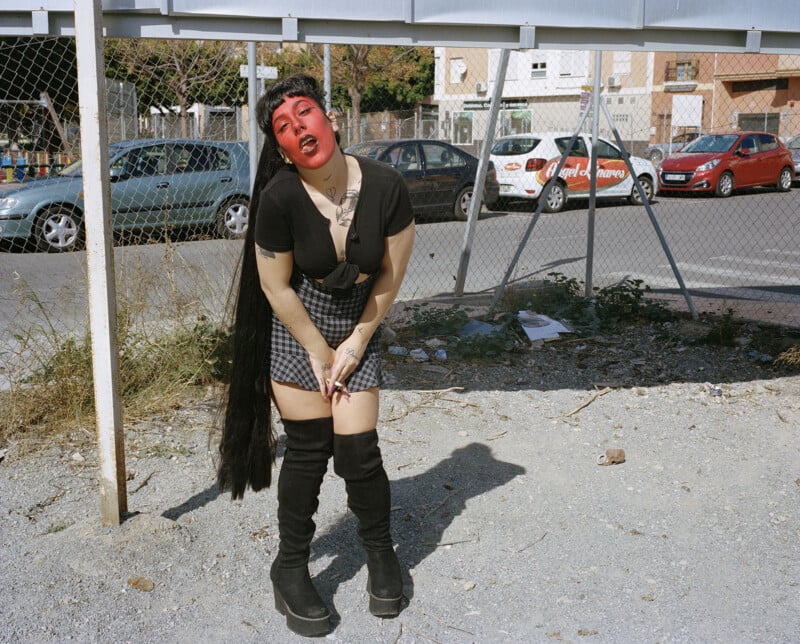
A Magnum photographer has released new work that focuses on young people living in the peripheries of Spain — reflecting the alienation and uncertainty of the present era.
Agony in the Garden is the second monograph by Lúa Ribeira, created in her native country of Spain between 2021 to 2023. Inspired by the potential of contemporary counter-culture, Ribeira has collaborated with young people in Madrid, Málaga, Granada and Almería to make images that evoke a dystopian landscape suspended in time, one that appears both contemporary and ancient.
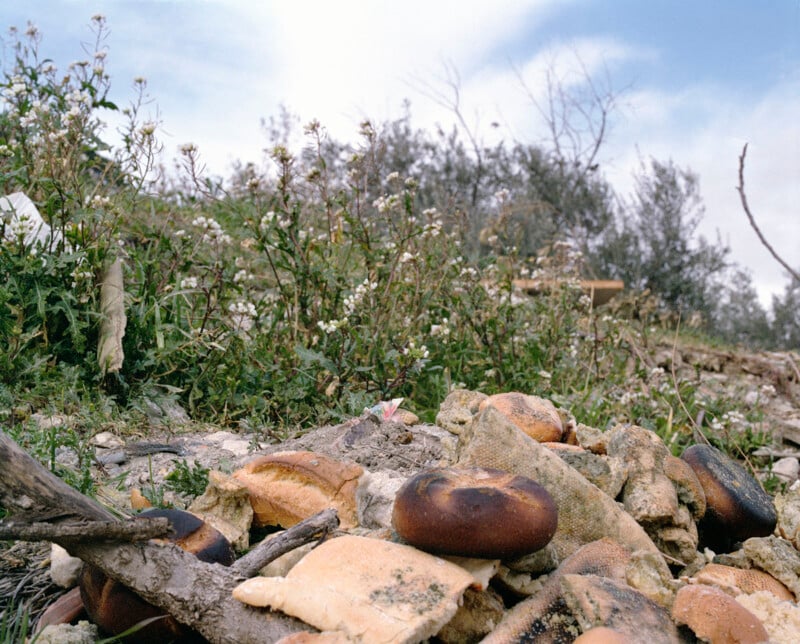

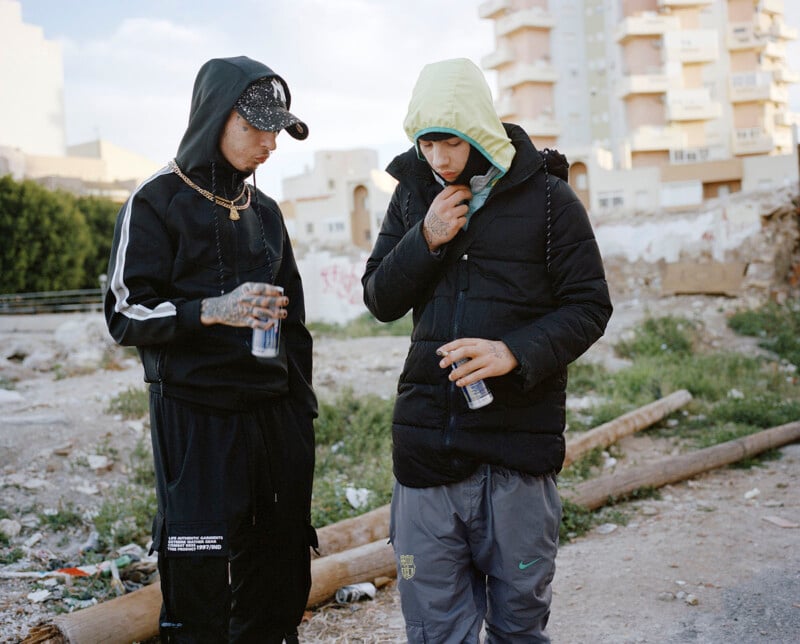
The clothing, gestures, and signs of the people in Ribeira’s photos show affinities with and influence from online worlds and personas, echoing the extremes of hedonism and nihilism, all of which plays out in the backdrop of a rapidly homogenising world.
Much of the inspiration behind her work comes from religious motifs (of her native Galicia, Spain), as well as studies into painting and cinema which all become key reference points within the images.
“I worked in the peripheries of southern Spanish cities where the arid landscapes helped ground a project that otherwise refuses a fixed geography,” Ribeira says. “The title, drawn from a biblical passage of worship, allowed me to evoke a blurry temporality. The intention was to connect a very contemporary reality, to more universal themes of suffering, betrayal, impending doom, and other human fears that recur throughout history.”
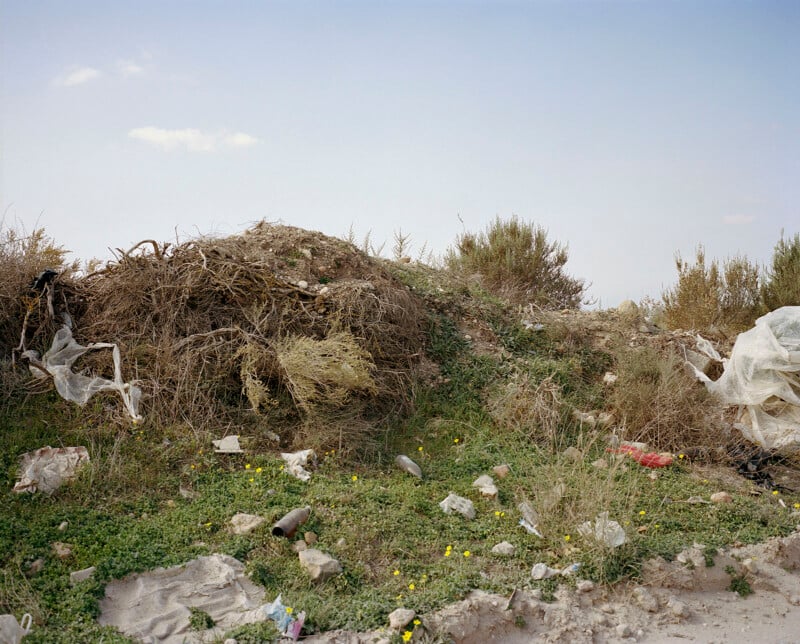
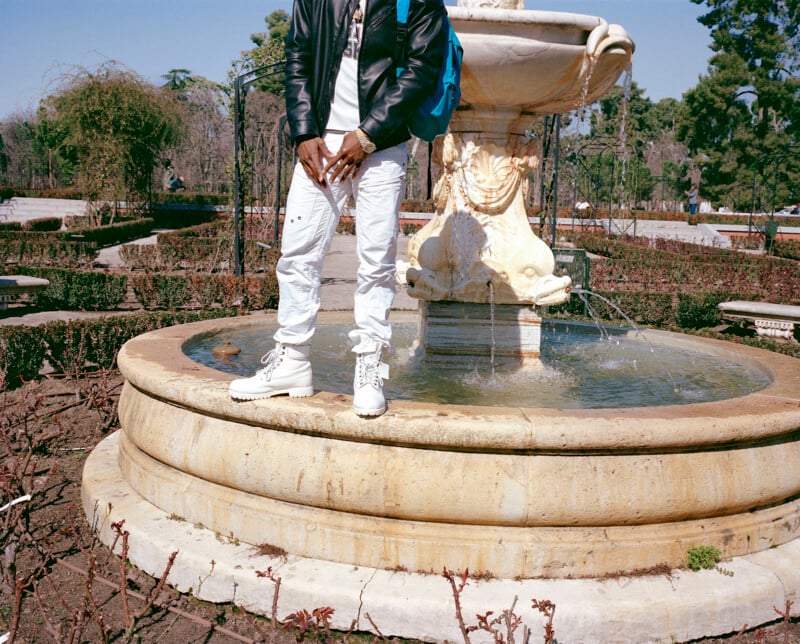
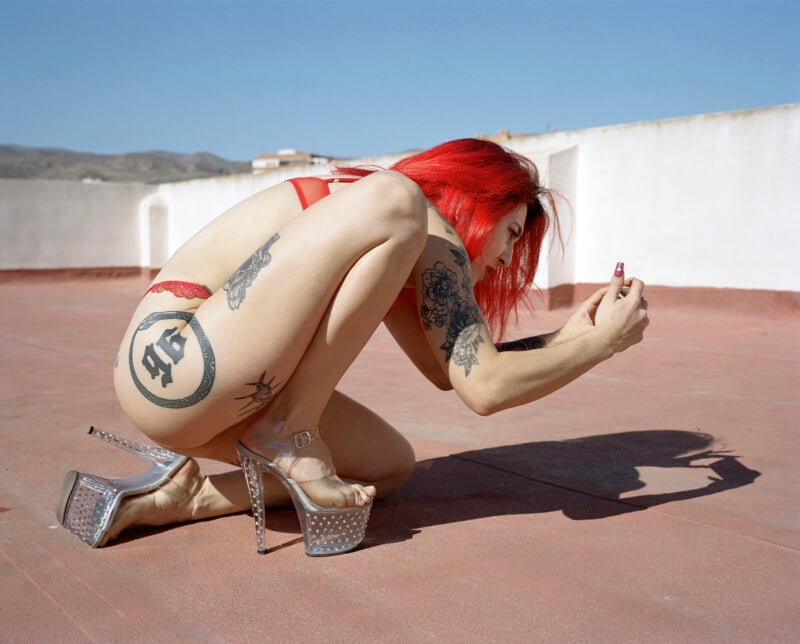
Through its dystopian and at times absurd atmosphere, Agony in the Garden reflects on a range of global socio-political issues through the contemporary lens of hedonistic counter-cultural movements.A visceral feeling of uncertainty permeates throughout the work conjured by the decaying landscapes made on the edges of greenhouse cultivation in Almeria, while Ribeira’s inclusion of religious motifs and imagery continually nod towards more universal themes and a suspension of temporality. Underpinning all of this is a sense of tragedy and rootlessness, countered only by the energetic vibrancy of the youthful bodies that parade through the photographs.
“Over the past decade, I’ve been inspired by the ways younger generations articulate themselves—through expressions, images and gestures that are increasingly global and acutely attuned to the alienation of our times,” explains Ribeira.
“In a world marked by material excess, digital acceleration, overlapping financial, migratory, and ecological crises, there are certain symbols and aesthetics that echo across geographies—expressing in different ways something about contemporary violence. These movements are often framed as subcultural by the media, photojournalism, and conventional documentary practices. Yet, it is precisely these frameworks that I seek to resist, choosing instead to read between the lines and accept more complex and fragile narratives.”
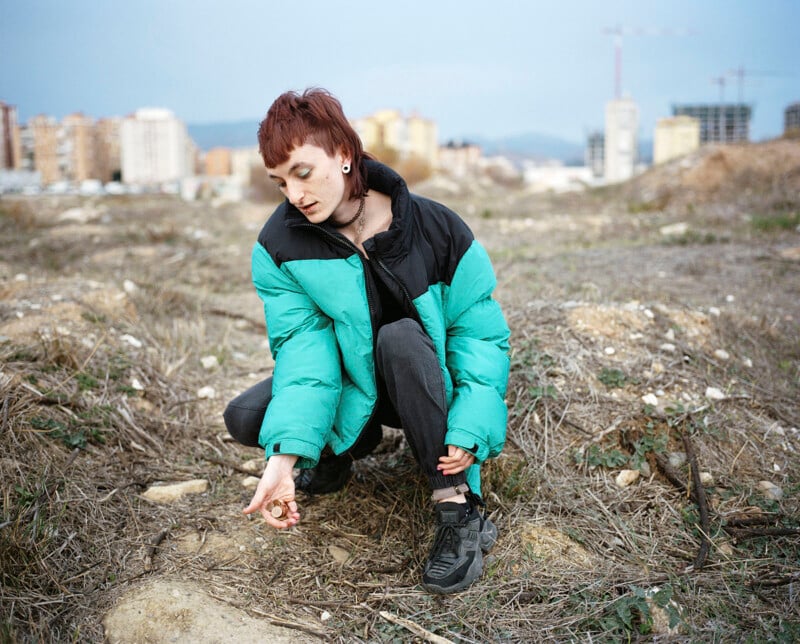
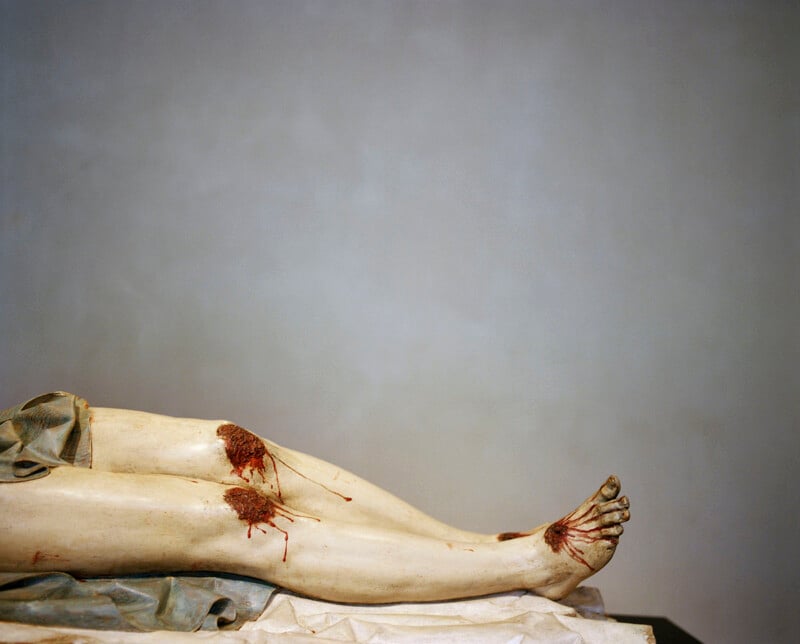
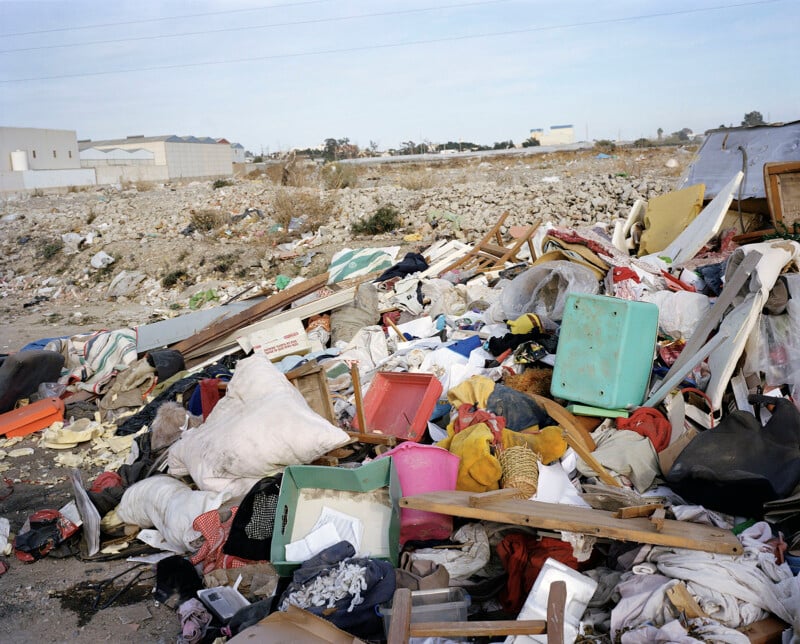
Agony in the Garden was shown as part of Close Enough: New Perspectives from 12 Women Photographers of Magnum a touring exhibition curated by Charlotte Cotton (2021-2026), as well as a solo display at the Museo Lázaro Galdiano, Madrid (2023).
Image credits: Photographs by Lúa Ribeira / Magnum